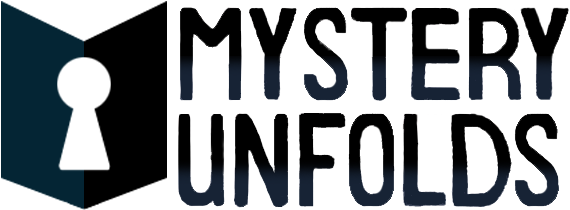What Customers Want to Know When Buying Puzzles
The success of escape rooms in the past 5-10 years has seen an emergence of modern puzzle-based experiences in the tabletop game space. “Puzzles” are no longer restricted to jigsaws and knot puzzles. Some of the more interactive games offer a blend of storytelling, problem-solving, and teamwork, making them a hit among puzzle enthusiasts and those looking for a novel way to spend time with friends and family. For bookstores, game stores, and puzzle stores looking to cater to this burgeoning market, understanding information customers seek before making a purchase can significantly enhance sales and customer satisfaction.
Valuable Information Your Customers Need
1. Difficulty Level and Complexity: Customers often approach puzzle purchases with a specific challenge level in mind. They want puzzles that match their skill level or that of the gift recipient, avoiding those that are too easy or frustratingly difficult. Complexity can range from the number of steps in the puzzle to the intricacy of the clues to the logical deduction required.
2. Theme and Storyline: The appeal of many modern puzzles lies in their ability to immerse players in a narrative. The theme and storyline are not just backdrops but central to the puzzle-solving experience. Whether it's a crime to solve, a mystery to unravel, or an adventure to undertake, customers are looking for a story that captures their imagination.
3. Estimated Play Time: Knowing the estimated playtime and whether the game should be played all at once or done in stages. helps customers fit puzzle-solving into their busy lives. It also allows them to gauge if a puzzle is suitable for an evening with friends, a party game, or a longer-term project.
4. Number of Players and Team Dynamics: Modern puzzles often cater to different group sizes and dynamics, from solo endeavors to large groups. Information on the optimal number of players and the nature of interaction (competitive or cooperative) can influence a customer's decision.
5. Reusability and Components: The physical and digital components of a puzzle can greatly affect its replay value. Customers are interested in the quality of materials, the possibility of resetting the game, whether the game is part of a series, and whether expansions or updates are available.
6. Age Appropriateness: Ensuring that the puzzle is suitable for the intended age group is vital. Age recommendations help customers select puzzles that are challenging yet appropriate. This is particularly appropriate for gifting.
7. Reviews and Awards: Endorsements from reputable sources and awards can significantly influence purchasing decisions. They serve as a mark of quality and enjoyment, providing customers with the confidence to buy.
How to Find the Information
1. Look on the Box: Manufacturers often include valuable information on the packaging, such as difficulty level, estimated playtime, player count, and age recommendations. Retailers should familiarize themselves with these details to assist customers effectively.
2. Request from the Seller/Distributor: Retailers can obtain comprehensive product information from distributors or directly from the creators. This knowledge is crucial for answering more in-depth customer inquiries and for training staff.
3. Boardgame Geek: Still can’t find the information. Board Game Geek is an online repository of board game information that is likely to fill the gaps in your knowledge.
How to Communicate the Information to Customers In-Store
1. Labels: Clear labeling on shelves or directly on product packaging can highlight key information, allowing customers to quickly identify games that meet their criteria. Labels might include icons or short phrases denoting the game's theme, difficulty, and number of players.
2. Staff Cheat Sheets: Providing staff with quick-reference materials ensures they can offer knowledgeable recommendations and answer questions efficiently. Cheat sheets might include a summary of each game's key attributes, targeted age group, and unique selling points.
3. Training: Regular training sessions help staff stay updated on new products and familiarize themselves with the nuances of different puzzle games. Role-playing customer scenarios can also prepare staff for common questions and how to use product knowledge to enhance customer service. Also consider making a copy of the game available for staff to try out themselves.
4. Have a Sample Game Available: Offering a demo or sample game allows customers to experience the puzzle firsthand. This can be an effective way to convey the game's quality, complexity, and appeal, encouraging purchases by providing a tangible sense of what to expect. This could involve leaving a copy of the game (or parts of the game) out on display.
By focusing on these areas, retailers can create a more informed and engaging shopping experience for customers. Educating customers aids in their purchasing decision, enhances their satisfaction and loyalty, and shows you and your business to be seen as a reputable source of information on good puzzles. In the rapidly growing and evolving market of tabletop escape room games and modern puzzle experiences, providing detailed, accessible, and well-communicated product information can set a retailer apart, driving sales and fostering a community of puzzle enthusiasts.
